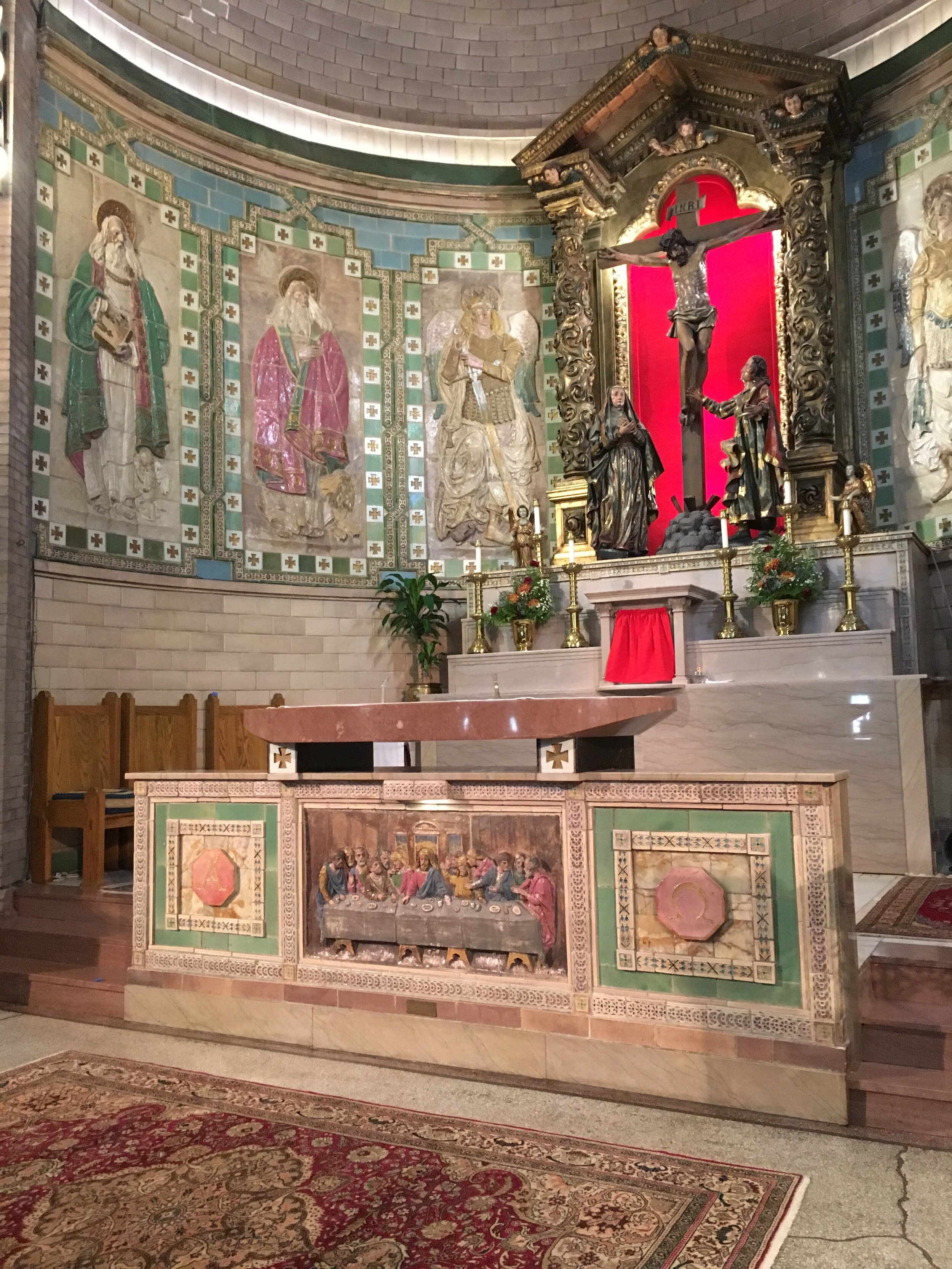Basilica of St. Lawrence
asheville, North Carolina
Background
The Basilica of Saint Lawrence was designed and constructed between 1907 and 1909 by Spanish-born architect and master builder Rafael Guastavino. Guastavino’s signature ability to design and construct domes, ceiling vaults, and staircases using an ancient system of thin tiles gained him international as well as national recognition. His work at Biltmore in the 1890s brought him to Asheville. For St. Lawrence, he created a Spanish Baroque brick church crowned by a vast elliptical dome spanning 58 by 82 feet. Of national importance, the basilica is fully of Guastavino’s design and it was here he chose to be buried.
Project Summary
The JKOA project team prepared an extensive Historic Structure Report for the basilica and its 1920s rectory, including an in-depth condition assessment and repair cost estimates. Measured drawings and photodocumentation were supplemented by surveys performed by rope access specialists. The team’s work included evaluation of existing mechanical, electrical, plumbing, and fire protection systems and recommendations for repair and replacement of each, as well as assessments of stained glass windows, Guastavino’s polychromatic tiles and decorative finishes, and critical structural components such as the dome’s iron tension ring.
These investigations were concurrent with exhaustive research of documents, photographs, Guastavino company records, and early maps and plans to further identify alterations and repair efforts made to the building over time.
During the investigations, life-safety issues in the masonry were identified, leading to immediate stabilization measures, including selective removal of loose masonry and sculptural terra cotta elements and installation of protective netting at vulnerable areas.
press
St. Lawrence Basilica earns national, state preservation awards






